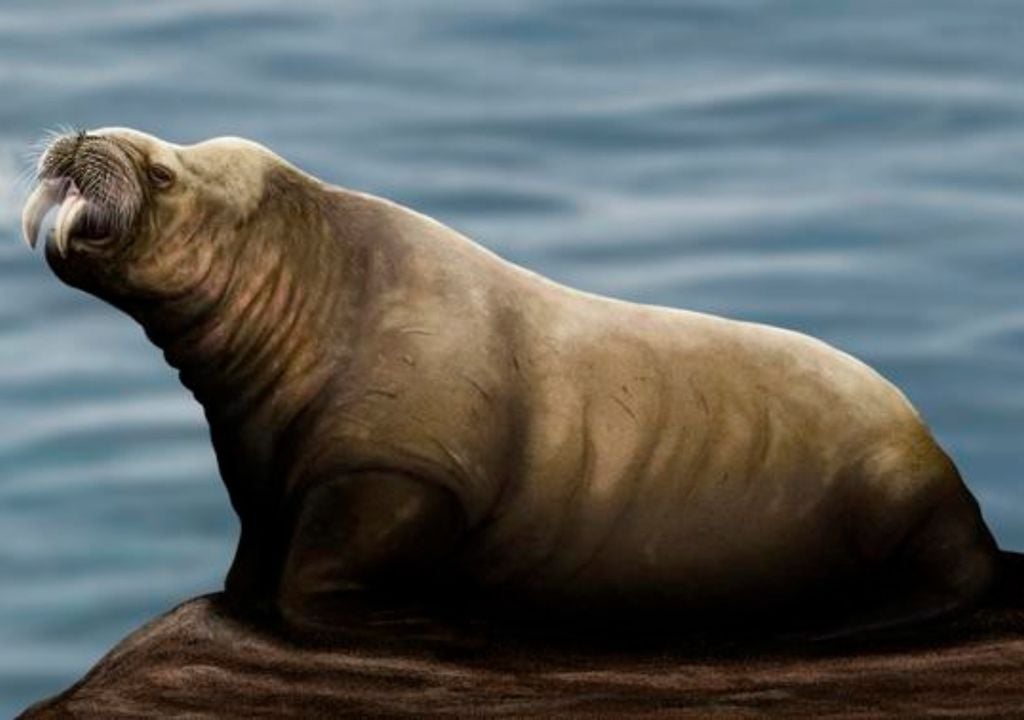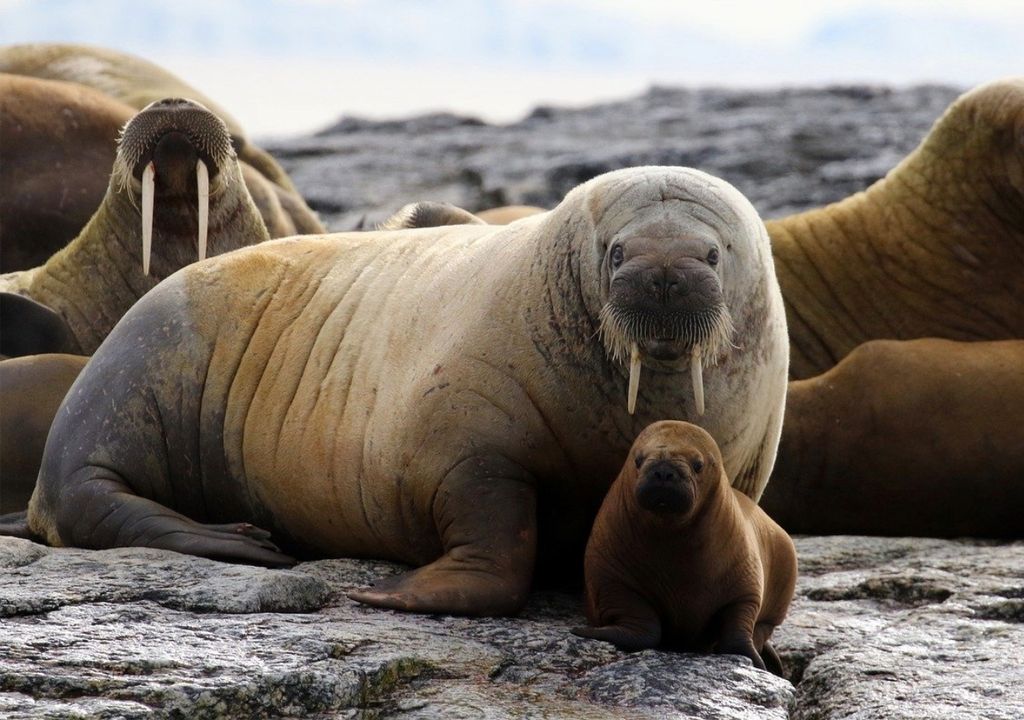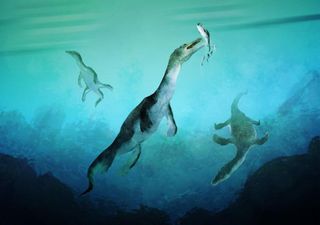New species of extinct walrus-like mammal discovered in Norwich, UK and Antwerp, Belgium
A new species of extinct walrus-like animal has been named in the journal PeerJ Life and Environment. The mammal shares similar feeding adaptations to modern walruses showcasing the wonders of convergent evolution.

A team of palaeontologists, led by Dr Mathieu Boisville from the University of Tsukuba, have discovered a new species of the extinct genus Ontocetus from the Lower Pleistocene of the North Atlantic. The newly named Ontocetus posti shows similar feeding adaptations to modern walruses, highlighting convergent evolution (the process in which distantly related organisms independently evolve similar traits or characteristics to adapt to similar necessities).
Ontocetus has been described as a temperate to warm-tolerant tusked walrus species that would have colonised the western North Atlantic waters during the Early Pliocene, before moving and migrating to the North Sea during the warm periods of the Late Pliocene.
New species
The fossils of Ontocetus posti were found in Norwich in the United Kingdom and Antwerp in Belgium. Initially, the specimens were thought to be of another species Ontocetus emmonsi, but detailed studies of the jaws revealed that these fossils had a combination of features including a large lower canine, four post-canine teeth and a short and fused mandibular symphysis.
These characteristics suggest that Ontocetus posti would have been well adapted to suction feeding, as seen in modern walruses. Walruses primarily eat bivalve molluscs, such as clams (Ruditapes decussatus or Arctica islandica), that they capture using this unique “suction-feeding” technique, which utilises their lips, tongue, and arched palate as a piston to extract the mollusc flesh from their shells.
The genus Ontocetus originated in the North Pacific Ocean and then spread to the Atlantic during the Mio-Pliocene transition. The migration was probably done via the Central American Seaway, an oceanic passage before the closure of the Isthmus of Panama. The global cooling that followed during the Late Pliocene significantly impacted marine animals and life, causing the extinction of Ontocetus posti during the Early Pleistocene. This allowed the cold-adapted Odobenus rosmarus to emerge and dominate.

The new species is named in honour of Mr. Klaas Post, who was a curator of Vertebrate Paleontology at Natuurhistorisch Museum Rotterdam, in recognition of his contributions to palaeontology and geology within the North Sea district, and as a thank you for his continuous support, encouragement, and invaluable assistance provided to the research team throughout the study.
This new species discovery has helped shed light on the evolutionary history of walruses, and how environmental changes have influenced adaptations in marine mammals.
Source of the news:
Mathieu Boisville, Narimane Chatar and Naoki Kohno (2024). New species of Ontocetus (Pinnipedia: Odobenidae) from the Lower Pleistocene of the North Atlantic shows similar feeding adaptation independent to the extant walrus (Odobenus rosmarus). PeerJ, [online] 12, p.e17666. DOI: https://doi.org/10.7717/peerj.17666








